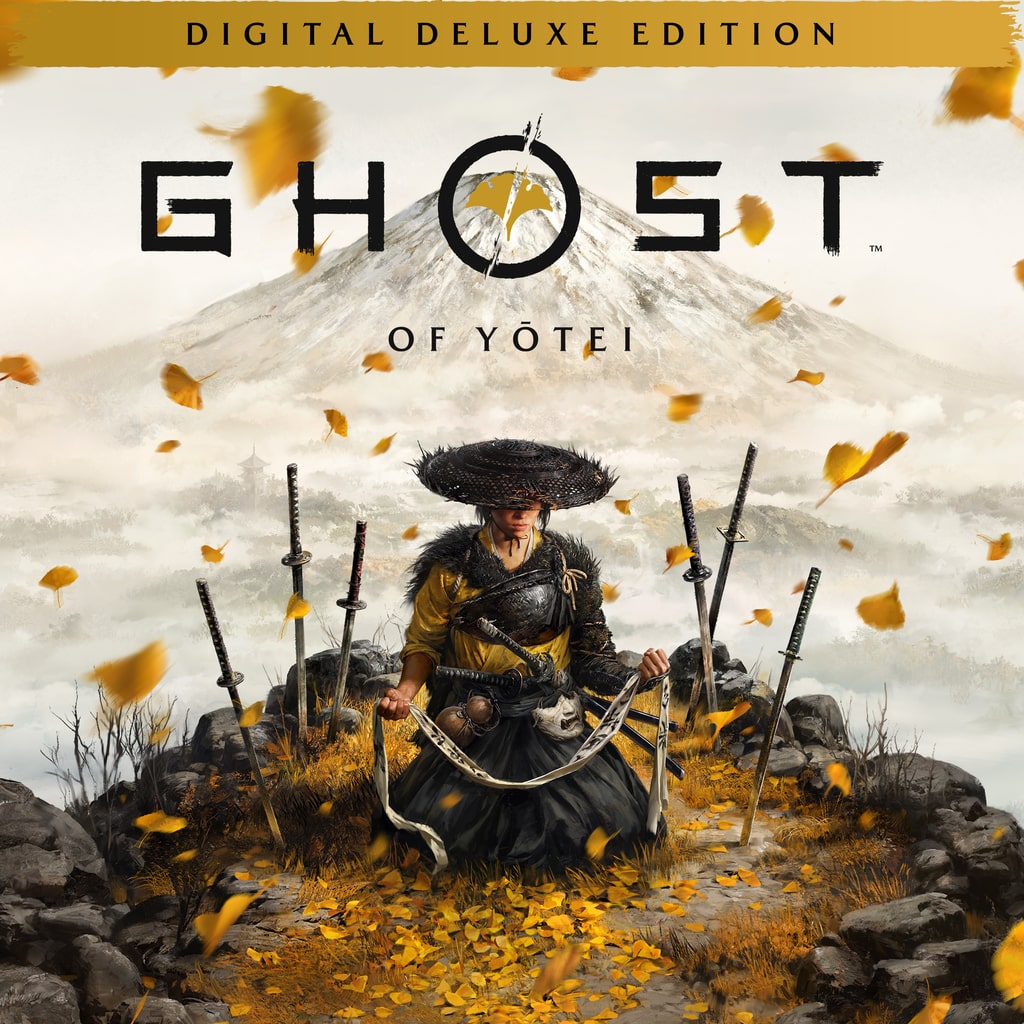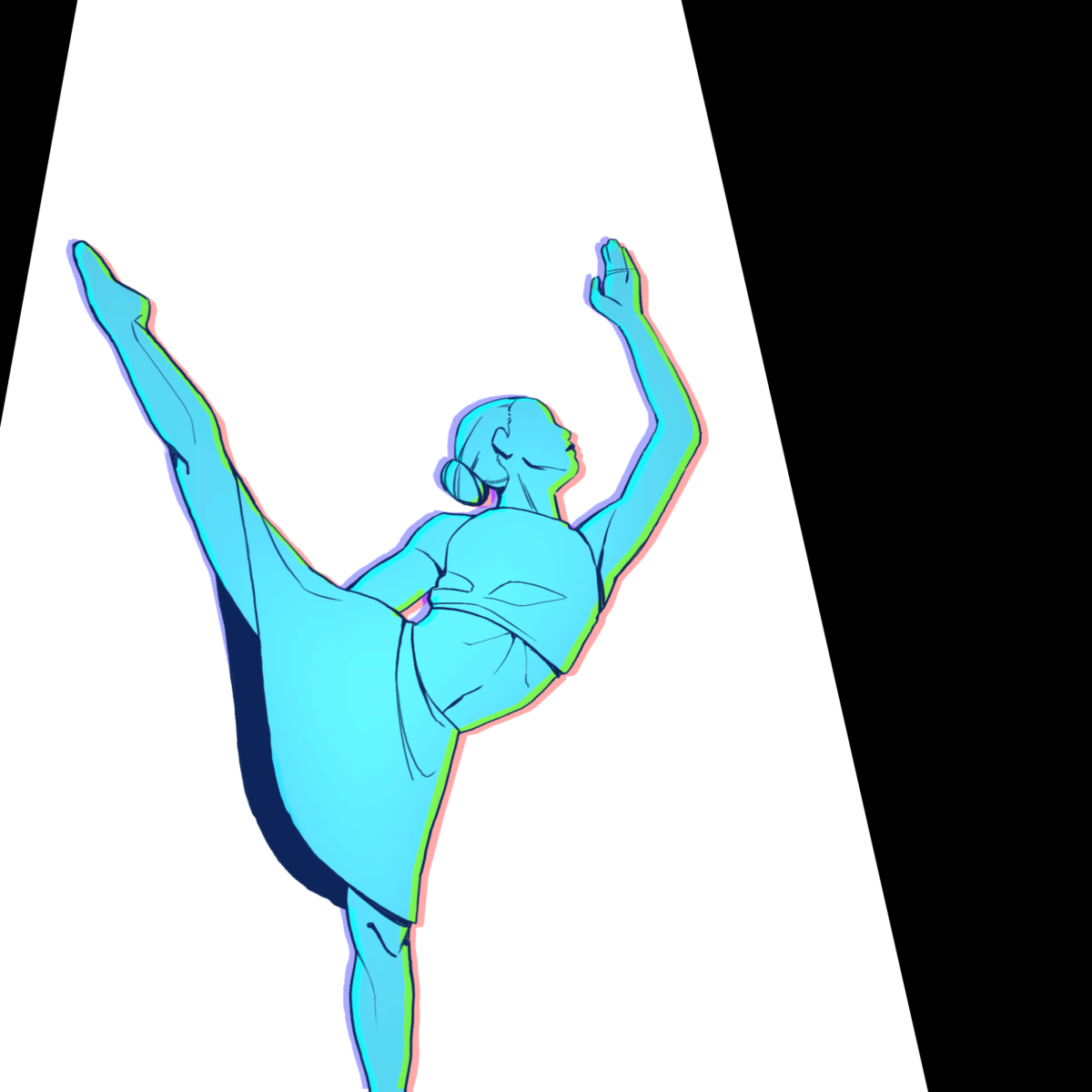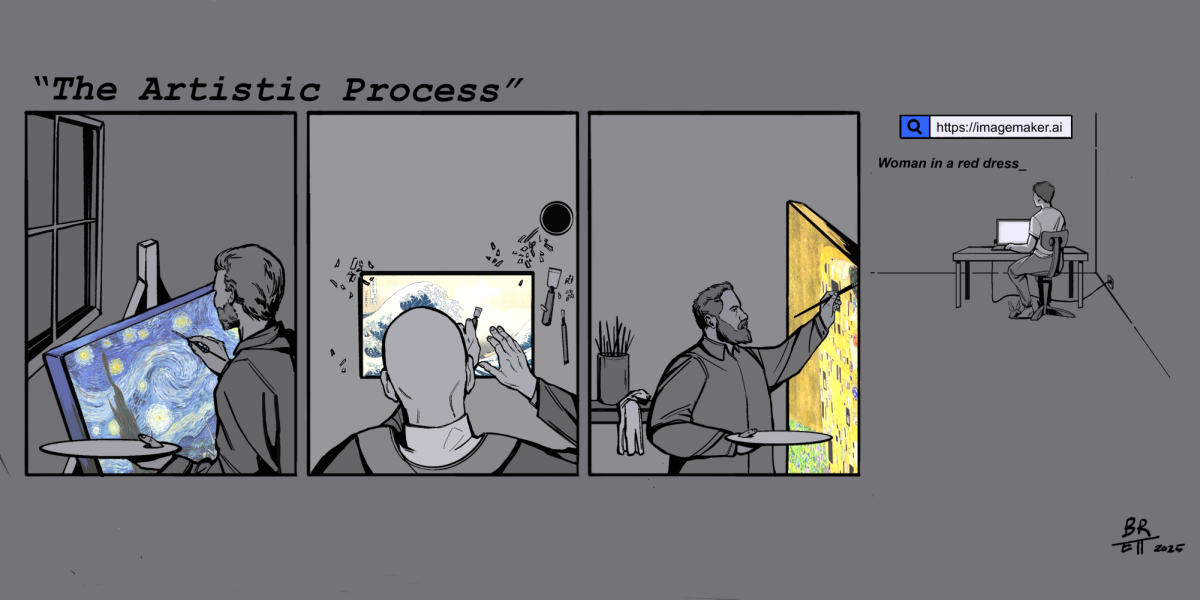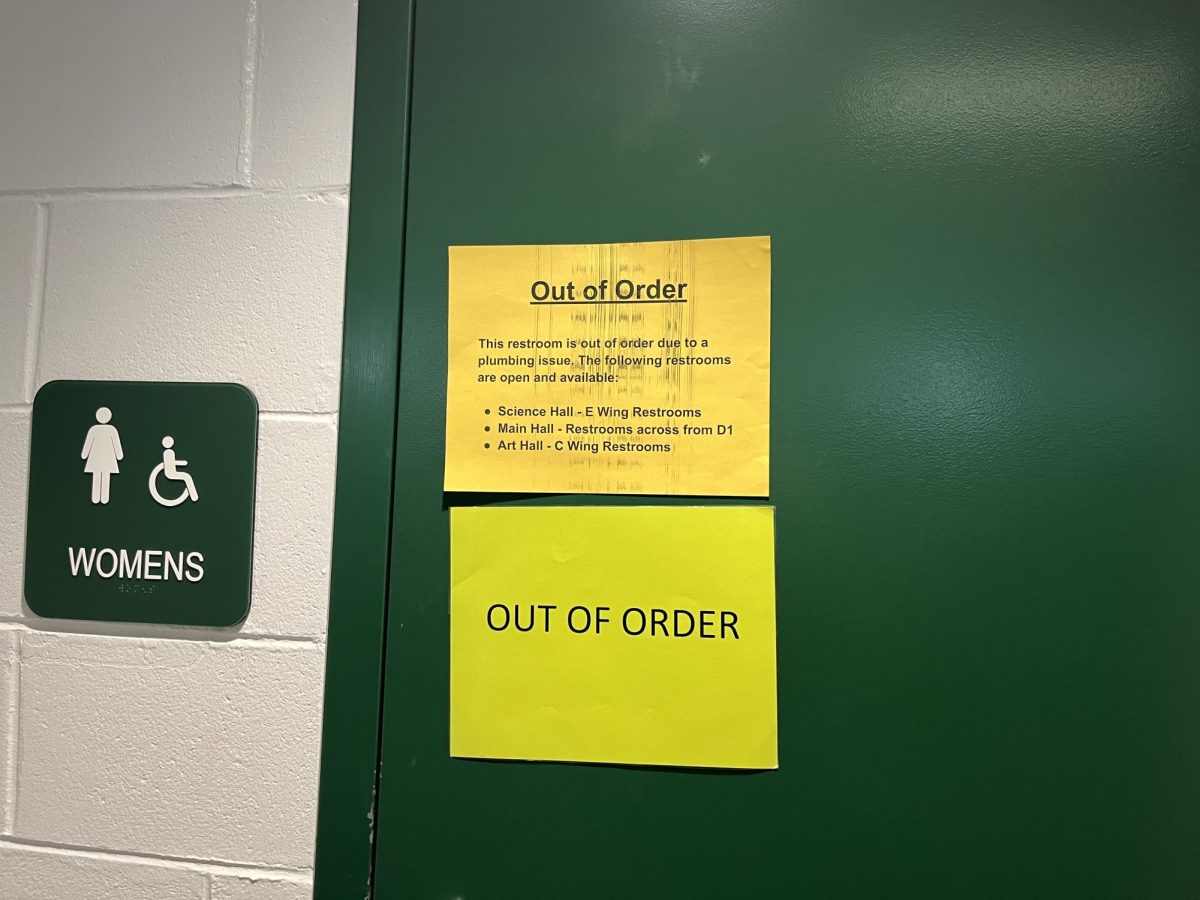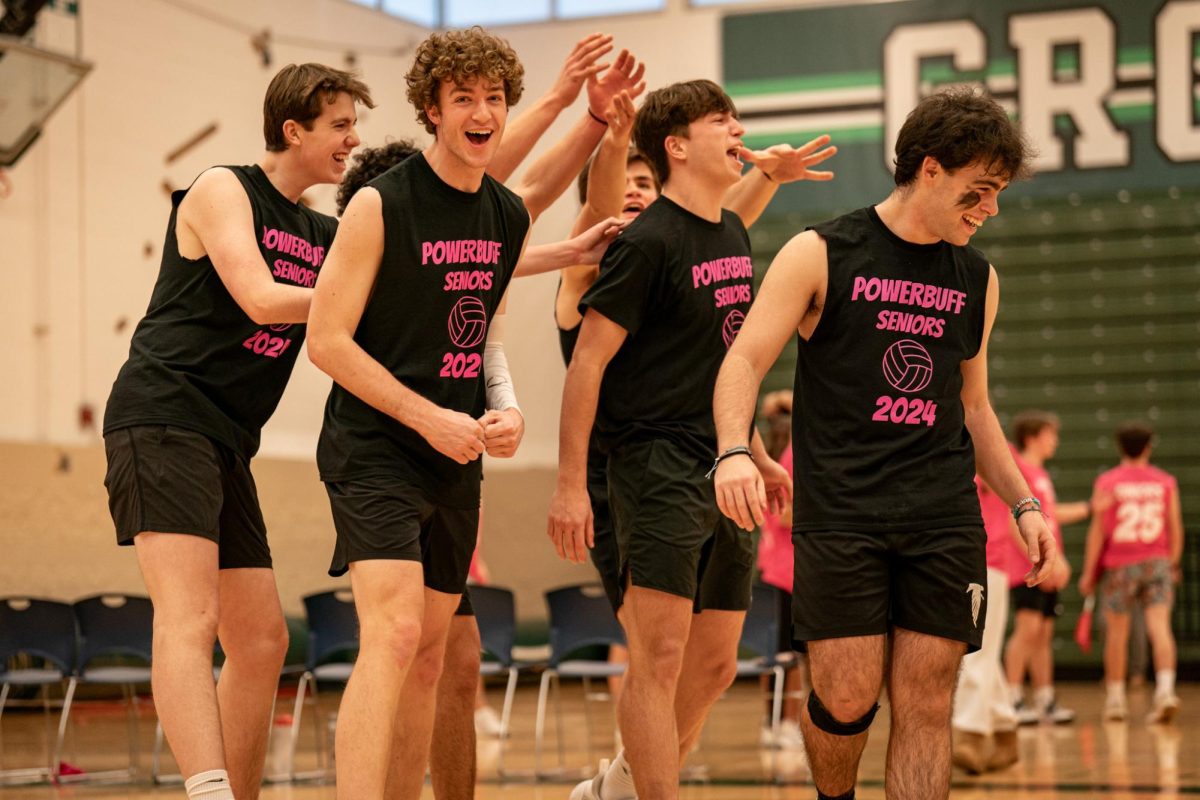A new game of the year contender, Ghost of Yōtei, swings its way to an impressive October release. Ghost of Yōtei (GOY) is a spiritual successor and the second installment in the “Ghost” series by Sucker Punch Studios, set in feudal Japan. Based on the initial first half, it is looking to be a very solid project.
The negatives are very few and far between, and luckily, none have to do with performance. The game runs at 60fps on the base PlayStation 5 (PS5) and still runs well at higher quality settings. The main place where GOY falls short is, unfortunately, the story. GOY is a story of revenge, and while it can be spun in a different way, this story feels like it’s been told many times over in many different games. You never really feel fully emotionally invested in the main character, Atsu’s, journey to avenge her family. After the main villains (named the Yōtei Six) murdered her mom, dad and her brother. But if you look past the low depth of the story, the character Atsu has a very powerful aura, presence and seems to be ruthless.
Though the story is not very compelling, the art direction is what sets this game far ahead of other games. The set pieces, like the scenery and weather, set a mood that is unchallenged by many other studios. If this game wants to make you feel a certain way through its environments, it will. Sucker Punch Studios is an American company portraying the Island of Izo, but many people who live on the real island say it is a conscientious and beautiful representation of the real thing. The world is expansive and builds a stronger, fuller, open world that feels complete and wide open at the same time.
A big upside that the detailed world of Ghost of Yōtei provides is its immersiveness. The world is full of solid activities to do, and makes you get lost in the whole atmosphere that these side quests and small interactions present. This part of the game is not only just filler, but provides small mini-stories that are captivating and worth your while.
Another strong suit of this game is the combat. I feel that it has been improved upon greatly since the first game, yet stayed relatively similar. This game does not rely on honor like the first game, where the main character had an internal conflict about whether to fight with honor and sacrifice lives or to become more of an assassin. This means that the main character, Atsu, will use every dirty trick in the book. She can learn five different melee weapons, all with different movesets and strengths, and even uses muskets. The duels have made a return from the first game, and have just as challenging and stunning set pieces. Overall, the combat feels smooth and is brutal, but it is still faithful to the time period that the game is set in.
Overall, this game is one that I am enjoying— whether it’s just taking in the beauty of the art direction or the fast and intricate combat systems— this game is one of the better ones I’ve played.

